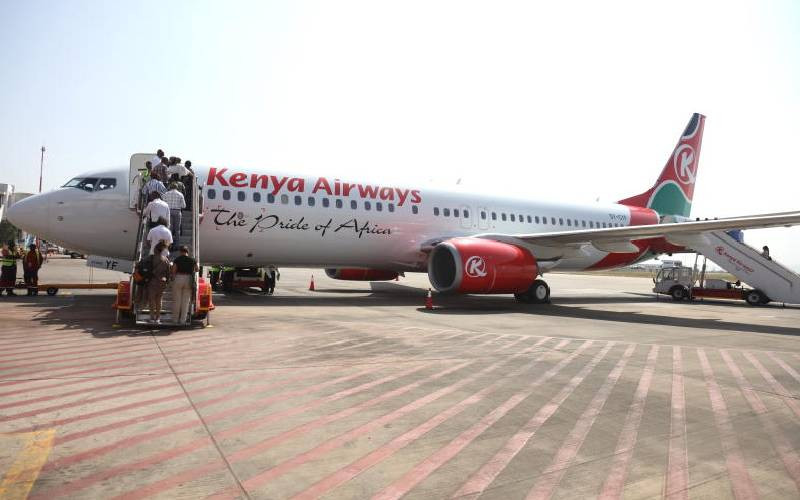×
The Standard e-Paper
Kenya’s Boldest Voice

The rush to modernity is altering the skyline and architectural design of the port city of Mombasa.
This mainly because investors are increasingly acquiring old structures which they then bring down and erect highrise buildings.







